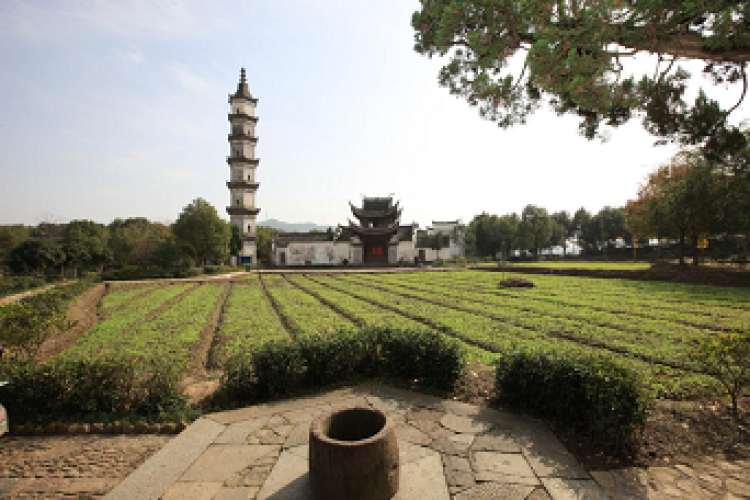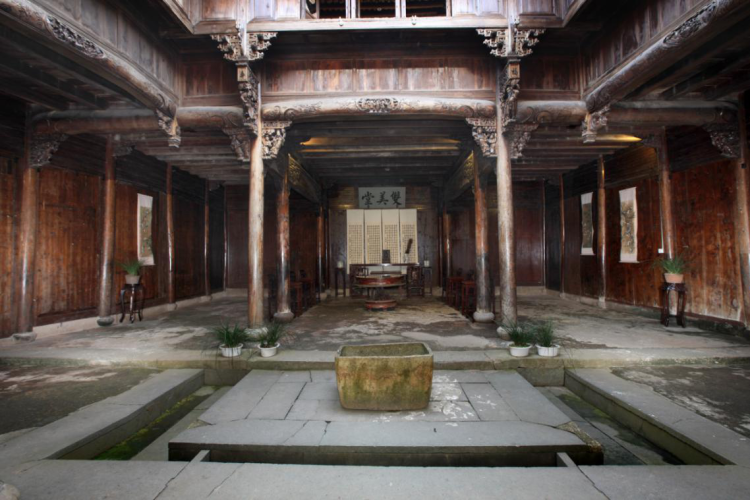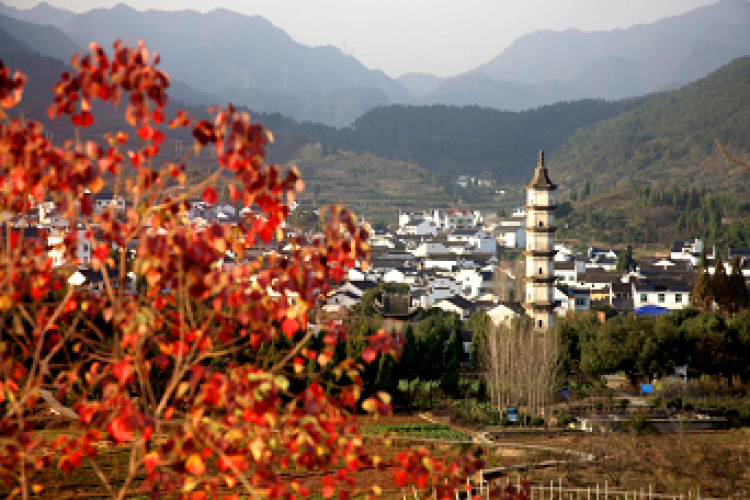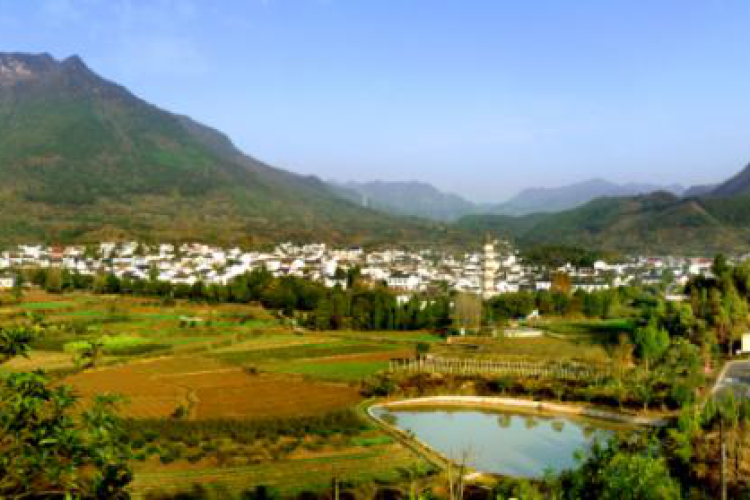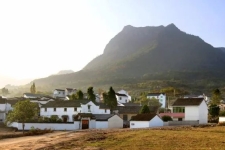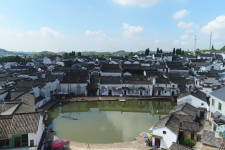Xinye Village, located at the foot of Yuhua Mountain in Daciyan Town, southwest of Jiande, started in the first year of Jiading in the Southern Song Dynasty (1208) and is a blood related settlement of the Ye family. Xinye Village takes the half moon shaped pond "Nantang" as the center, and the north and west peaks outside the village are reflected in it. The Fengshui Tower "Tuanyun Tower" was built in the Ming Dynasty, and the Yishu "Wenchang Pavilion" was built in the Qing Dynasty, forming a unique village layout. The existing Xishan Ancestral Hall and Ordering Hall are two general ancestral halls of the Ye family, as well as branch ancestral halls such as Chongren Hall, Yongxi Hall, Rongshou Hall, and Xuanqing Hall. Chongren Hall was built in the Ming Dynasty, with four courtyards, a family law hall between three and four courtyards, and a pool in front of the courtyard. The pattern and architecture are well preserved and most representative. Most of the existing dwellings were built in the Qing Dynasty. The plane layout was expanded and combined based on the basic model of "three in one". The brick and wood structure was mixed. The decoration was good at wood carving, with a wide range of subjects and superb techniques.
The vernacular architecture in Xinye Village is well preserved and has a clear historical development context, which is a living fossil of traditional vernacular culture. The village layout is influenced by the concept of geomantic omen. The decoration is exquisite and distinctive, which reflects the superb level of village site selection, courtyard layout, architectural art, etc. In 2013, it was listed in the seventh batch of national key cultural relics protection units.
